The Jones’ of North Columbus
Friday, October 3rd, 2008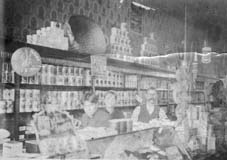 C. F. Jones Grocer used to be located at 2581 North High Street, where Schreiner’s Hardware Store is now. This image was taken around 1904 inside of the Jones Grocery Store. Shown are sons Charles and Clarence with their father Frank Jones.
C. F. Jones Grocer used to be located at 2581 North High Street, where Schreiner’s Hardware Store is now. This image was taken around 1904 inside of the Jones Grocery Store. Shown are sons Charles and Clarence with their father Frank Jones.
.
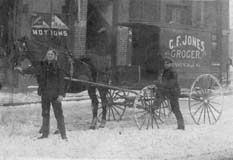 This image of their delivery wagon dates from 1909. Charles Jones is besides the wagon and the young man holding the horse is unknown. They are standing in front of their store.
This image of their delivery wagon dates from 1909. Charles Jones is besides the wagon and the young man holding the horse is unknown. They are standing in front of their store.
.
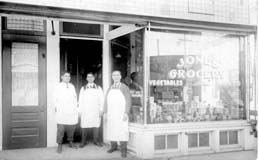 This photo of the C. F. Jones Grocer Co. was taken around 1916. Shown are Charles, Clarence, and their father Frank Jones.
This photo of the C. F. Jones Grocer Co. was taken around 1916. Shown are Charles, Clarence, and their father Frank Jones.
.
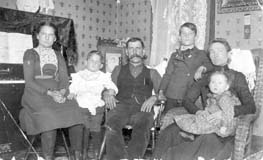 This is a picture of the C. Frank Jones family in their home at 2665 Adams Avenue, Columbus, circa 1900. Bertha May Jones Aurand (1889-1934), Charles M. Jones (1895-1956), C. Frank Jones (1861-1937), Clarence A. Jones (1891-1950), Miriam Tozer Jones (1869-1941), Gladys A. Jones Reiger (1899-1930). (Photos courtesy of Frank Jones.)
This is a picture of the C. Frank Jones family in their home at 2665 Adams Avenue, Columbus, circa 1900. Bertha May Jones Aurand (1889-1934), Charles M. Jones (1895-1956), C. Frank Jones (1861-1937), Clarence A. Jones (1891-1950), Miriam Tozer Jones (1869-1941), Gladys A. Jones Reiger (1899-1930). (Photos courtesy of Frank Jones.)
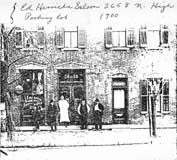

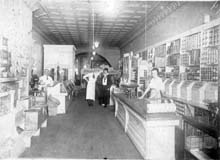
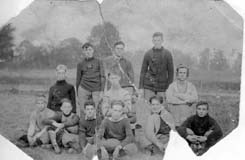
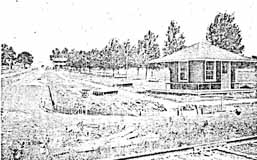
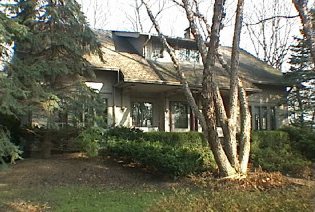
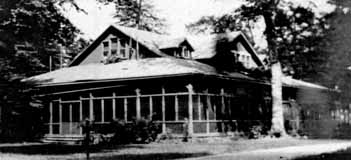
 The old barn, an outbuilding of the Columbus Zoo, and eventually the Jeffrey summer home in Beechwalde, still stands and was remodeled, on the request of the homeowners, by students at the Interior Design Institute in 1983 for use as a guest house. (Photo courtesy of Terry Miller)
The old barn, an outbuilding of the Columbus Zoo, and eventually the Jeffrey summer home in Beechwalde, still stands and was remodeled, on the request of the homeowners, by students at the Interior Design Institute in 1983 for use as a guest house. (Photo courtesy of Terry Miller)